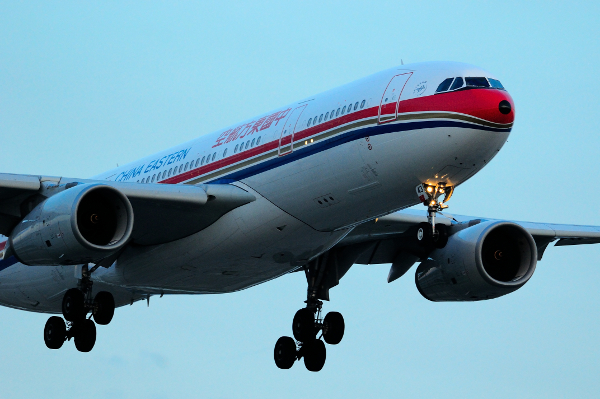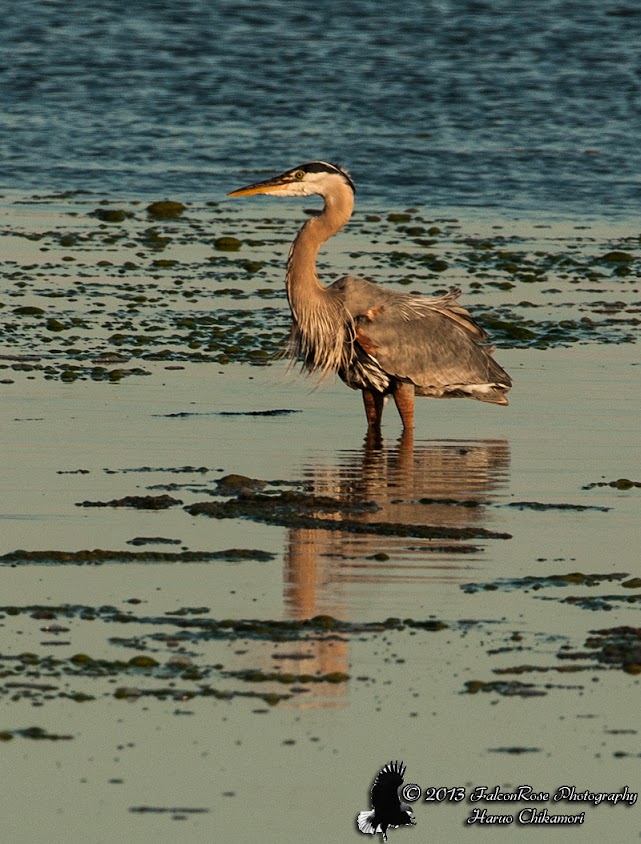When I was a child, I used to go to the Abbotsford International Airshow. Back then they had some great planes come out to the airshow. The F-14, the F-15, the F-16 and the F/A-18 were all there. Unfortunately though back then, my photography skills weren't much to talk about and it was a crap-shoot everytime I picked up the camera to take a photo. Of course I got some nice photos, but they were pretty much the "luck of the draw" rather than any coherent knowledge of what to do with a camera back then.
I started going to the Abbotsford Airshow in 1983 at the age of 13 thanks to a close family friend by the name of Mr. Wakita who was the father of a young boy much younger than myself by the name of Masao Wakita and went religiously every year afterwards as much as my pocketbook could allow. The Airshow was a relief for a young child enamored of airplanes and aiming "high" to want to become a fighter pilot, although those dreams were unrealized. But even then I had photographic aspirations from what I can see. I wanted a Nikon back then but all my dad could afford was a Mamiya Sekor TL500 35mm manual focus SLR and I had to try my luck on that. Nowadays I wish I still had that beautiful little SLR combined with the knowledge that I've gained from my Nikon D50.

This shot was of the Blue Angels back when they were flying A-4F Skyhawks. The Scooter was a hell of a great plane and the Blue Angels were terrific flying them.

This next shot was in 1986 during the Airshow that was Expo 86. It was an all-out bangout show that featured many aerial aerobatic teams from around the world. The TA-4J was from an unknown West Coast Adversary squadron. Makes me wish that I had a better camera angle to get the squadron number.

The Concorde made an appearance at Abby as well in 1986. With World Exposition held in 1986, the Airshow wanted to compete with the marketing that was going on for Expo 86 and it succeeded far beyond its expectation.

The F-111F came to Abbotsford in 1986 as well, as the 391st FS "Bold Tigers" made an appearance. I was lucky enough to talk to the pilot and managed to get a patch from him. Patch-collecting was yet another hobby of mine back then.

The aerobatic Pitts S-2 Special was there as well with the Canadian Ray-Ban Golds flying a spectacular aerobatic routine.
During the 90s, I went sporadically. and unfortunately ended up not going for a long time after 1997. I hope to go again with my kids. It will be a hearkening back to the wonderful times that I spent with my late father.
Some of the images from 1992 which was the last time that I went with my parents.






This was the last time I ever saw any F-14 Tomcat variant (this was an F-14D Tomcat of the VF-31 Tomcatters) at Abbotsford when I went there. The last time it actually flew at Abbotsford was in 2003 - I wasn't present.

One of the rare shots of a B-1B Lancer in European Green.
With Sequester and the removal of all United States military assets from performing at international and domestic airshows, the likelihood of US involvement in airshows in the future is up in the air and the outcome does not look good at all. It may be that I may not be able to get any more USAF and USN aircraft into my portfolio. However, with the Canadian Forces flying their CF-18s, I'll be happily content with building up my CF-18 Hornet photo collection. I hope to go to Abby in 2014. In the meantime, I'll photograph the CF-101B Voodoo gate guard there.



















































